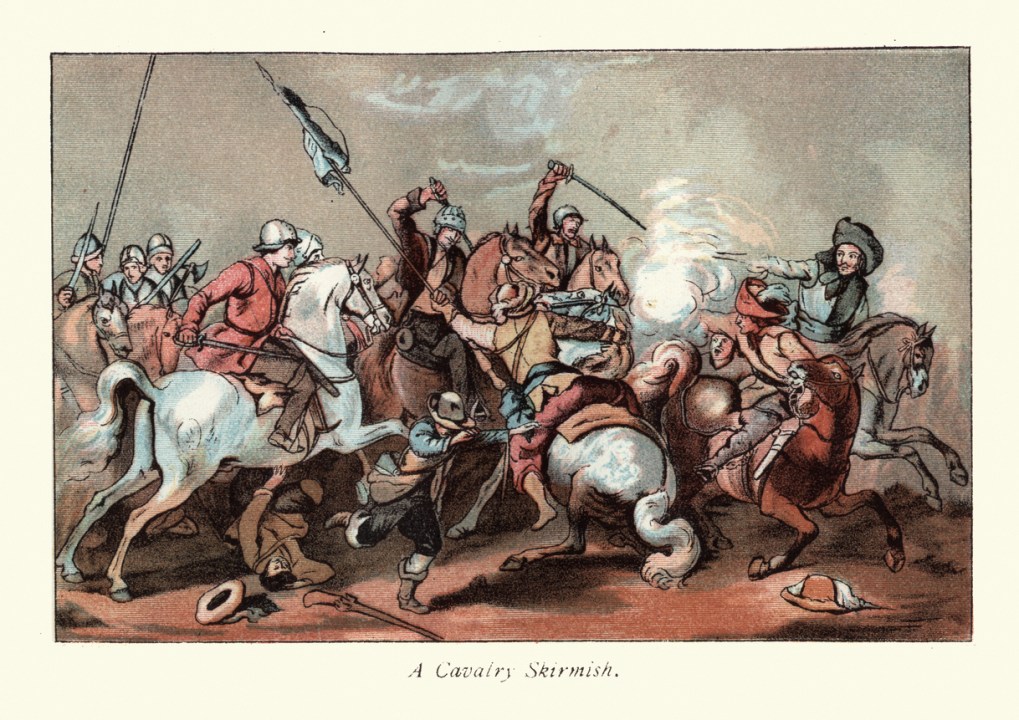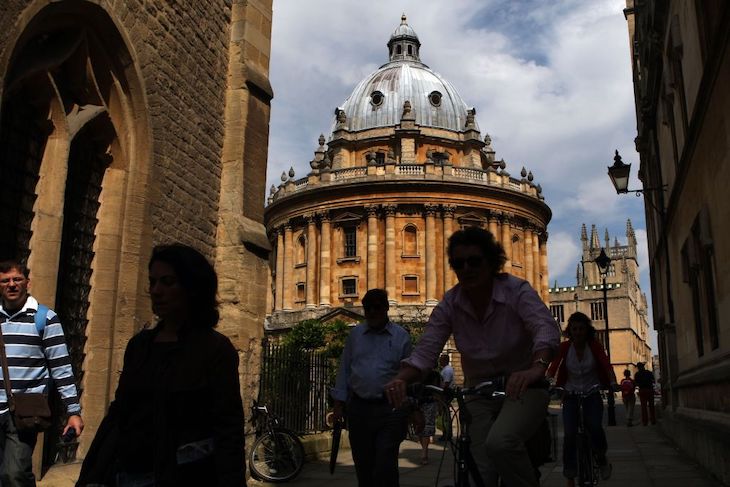Are we really on the brink of civil war in Britain? Is it ‘inevitable’ in the foreseeable future? So thinks Elon Musk. It would be easy to dismiss this as absurd. Indeed it is absurd. But those of a nervous disposition might point to certain circumstances in 1642 – the start of what most English people think of as the Civil War – that might cause us worry today. In 1642 hardly anyone wanted civil war. Hardly anyone expected one. Most people didn’t want to get involved. And yet it happened: what one Parliamentary officer called poignantly ‘this war without an enemy’ was to be England’s worst internal conflict. It was not, in fact, the United Kingdom’s last civil war. This took place in Ireland just over a century ago. There too, most people could not believe it was happening, and leaders on both sides assumed their opponents were bluffing – a fatal error. Are we similarly blundering towards disastrous conflict?
Widespread and recurring civil disorder is all too possible
In reality, the differences between England in 1642 or Ireland in 1916 and Britain today are vastly greater than the similarities. First, more was at stake then. In the 1640s, it seemed that not only the country’s rights and liberties were threatened, but that its people’s hopes of eternal salvation were in the balance too. One party was sure that Charles I was planning to restore Popery, superstition and the rule of Rome. The other feared that fanatical Puritan sectarians were threatening to impose the rule of a sort of Christian Taliban. Well, once they got into power they did just that: abolishing horse racing, Christmas and the theatre, and hanging adulterers. Admittedly, many people today are furious with politicians and very worried about mass immigration and imported religious extremism. Nevertheless, the degree of fear today is far lower, and the spread of paranoia – notwithstanding the conspiracy theories spread by social media – more limited.
An even stronger reason for not expecting civil war is practical. Although England in the 1640s was unusually non-military as a society by the standards of the time (Scotland and Ireland were more used to taking up arms) many people owned weapons and could handle a musket or a pike – or at least a shotgun and a pitchfork. The nobility and gentry, if less martial than in the middle ages, could still mount a horse and summon armed men from among their tenants and servants. I doubt that even Lord Mandelson or Lord Cameron could manage much of a show of strength today. Even if they could, how many of their followers could drive a tank, operate a machine gun, or pilot a fighter plane?
As this suggests, one of the great changes since our last civil wars has been the widening disparity between the forces of the modern state and those of potential rebels. In centuries past, civilians with basic weapons were not vastly outclassed by regular soldiers. Bonny Prince Charlie’s highlanders showed that with their claymores in 1745 – though even then, the regulars slaughtered them in the end. In many European countries, peasant rebellions could cause a vast amount of trouble. Nowadays, a spontaneous uprising has no chance against police forces, let alone against armies. Governments today have to worry not about being defeated by rebels, but about not hurting or killing too many of them. Even as long ago as 1848, the French King Louis Philippe abandoned his throne after his troops caused outrage by firing on rioters. His reported comment was that ‘Republics are lucky, they can shoot people.’ Today, only autocracies can shoot people. Fortunately, democracies rarely have to, as they provide less risky ways of showing political displeasure.
Long before tear gas, water cannon, rubber bullets and tanks shifted the balance in the streets, a civil war could normally only get going if there were two (or more) recognised centres of power, ideally controlling a territorial base, with organised armed forces, widely recognised leaders and a plausible claim to legitimacy. The American Civil War was a classic example: state governments could declare secession and muster their own armed forces. Nothing of that kind exists in Britain today – unless we imagine the Scottish first minister raising revolt and summoning the Royal Regiment of Scotland to march south.
Something like that happened in Ireland in 1916 and 1919, when nationalists proclaimed independence and set themselves up as a government. But they could hardly have done so had Asquith’s Liberal government not allowed rival parties – Unionist and Nationalist – to organise and arm huge volunteer militias. The authorities stood by while they drilled and imported weapons, and neither the police nor the army made serious attempts to intervene due to their terror of provoking more trouble. They thus enabled the raw materials of civil war to be assembled. However ostrich-like today’s politicians often seem, we should only start to worry if they permitted the English Defence League or indeed Extinction Rebellion to ship in large numbers of guns and practise guerrilla warfare in Hyde Park.
So civil war is unimaginable in any foreseeable circumstances. But widespread and recurring civil disorder is all too possible. Weak policing is clearly an element. But even in France, where the police are far more powerful, better equipped, and tougher, the sort of rioting we have seen this week is a regular occurrence. Until now, British political culture has been less tolerant of unruly protests. This has been put to the test in recent months by several political groups, including militant Greens and pro-Palestinians. Now, stimulated by the Southport tragedy, extreme anti-immigrant groups are having their turn. There is always a criminal element that enjoys both recreational violence and the opportunity to do a bit of looting. But there is always a political grievance too.
Throughout history, people riot or rebel when they believe they are ignored. What protects democracies is that they listen and respond. Otherwise, they make themselves increasingly reliant on force.









Comments